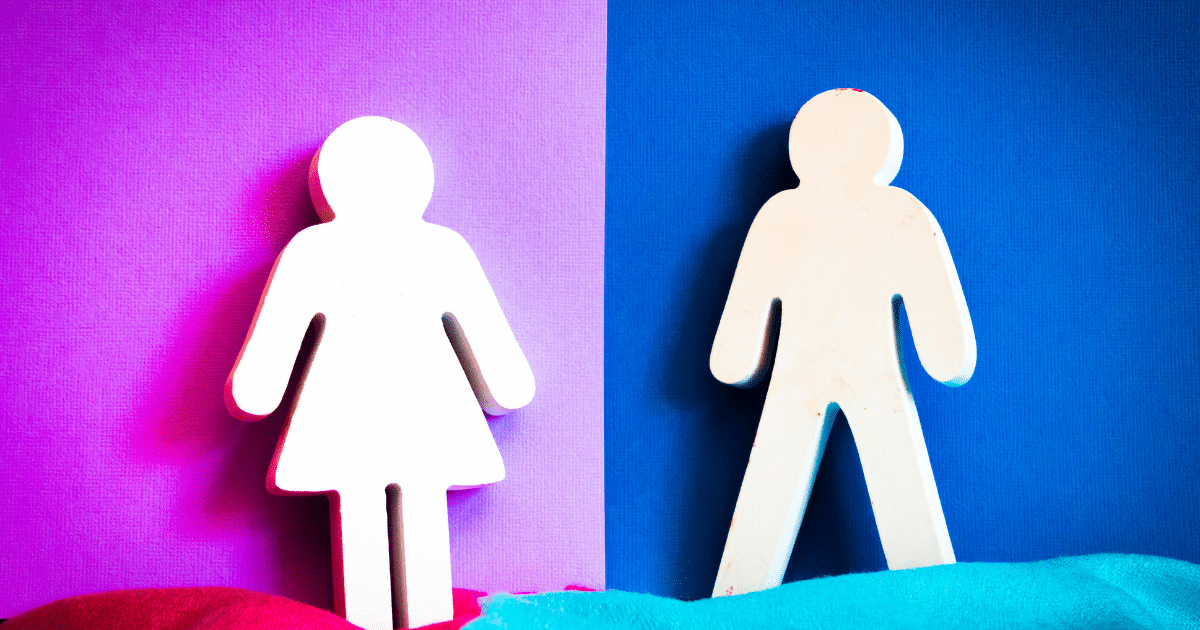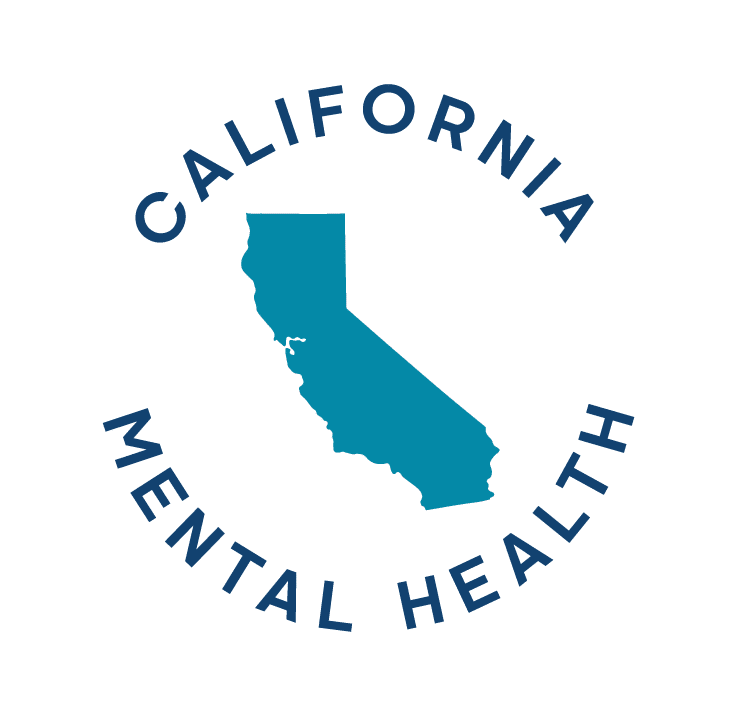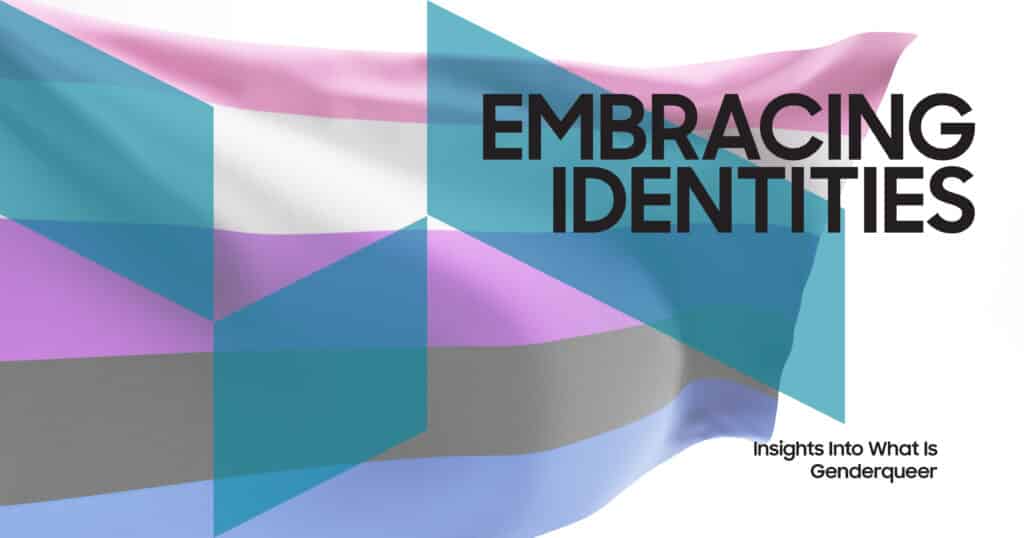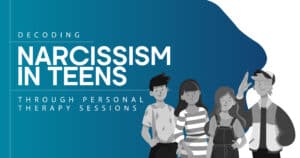Gender identity is not as simple as the labeling by the doctor at birth. And not everyone assigned male or female ends up identifying as the same gender as adults. Contrary to what many may believe, a gender nonconforming or genderqueer individual isn’t a deviant. This is rather a way queer persons express identity awareness.
The genderqueer concept has gained major recognition in recent years. But according to studies from the National Library of Medicine (NLM), there are still some difficulties regarding visibility.
Therefore, as society continues to evolve, there’s a need to understand the intricacies of gender fluidity for more inclusivity. Do you want to learn more about the genderqueer terms and what genderqueer means? In this article, we will demystify and debunk myths about this unique identity.
Defining Genderqueer
The genderqueer term describes a gender identity different from the biological male and female paradigm. For some people, they’re neither male nor female. At the same time, they might claim to be male and female, swinging freely between both genders, or disputing the concept of the fundamental two genders. Apart from “genderqueer,” “non-binary” is also a recognized umbrella term for such identities.
Those who are genderqueer typically discard the notion of strict gender categories. They’re rather gender fluid and embrace the concept of gender diversity. While this might be associated, not all genderqueer individuals profess pronounced differences in sexual orientation.
California Mental Health
History and Evolution of Genderqueer Identity
In the past, transgender activities were regarded as gross deviance against established gender roles. Such acts attracted harsh sanctions, including persecution from the state, church, and other notable authority figures. This demeaning approach largely stemmed from homophobia across history, preventing most individuals from speaking publicly about gender identity issues.
The social advocacy for the recognition of gender fluidity began alongside the gay and lesbian movement in the 20th century. Meanwhile, the 1990s saw through the reclamation of the term “queer,” previously a derogatory antigay slur. Today, it’s now a widely used term, especially among the LGBTQ+ community. The rise of internet figures identifying as queer has also brought about its online awareness in the last two decades.
The genderqueer identity has assumed various forms. People now identify as non-binary, gender non-conforming, agender, pangender, or genderfluid. The understanding and acceptance of genderqueer identities continue to evolve. The progress encompasses ongoing discussions about language, terminology, and social representation.
Genderqueer Vs Other Gender Identities
As a broad term, genderqueer accounts for various non-binary gender identities. It can be used to identify as agender or gender fluid.
| Other Gender Identities | Descriptions |
| Agender | A person who doesn’t identify with any gender. They’re also called null-gender, neutral gender, or genderless. |
| Androgyne | They have a gender that is either both masculine and feminine. Or sometimes between masculine and feminine. |
| Bigender | This person has two genders. They may display both masculine and feminine roles. |
| Cisgender | They identify with the assigned sex from birth. |
| Genderfluid | Such an individual’s gender identity shifts between or outside of society’s expectations of gender. |
| Gender outlaw | They refuse to define themselves as society’s perceived male and female. |
| Omnigender | They possess or profess all genders. |
| Transgender | These people identify with a gender other than that assigned at birth. |
| Polygender or Pangender | Behaviorally, they display attributes of multiple genders. |
Common Misconceptions
The most common myths about the gender spectrum include the idea that gender is binary, it’s a choice, or it’s a phase. But the fact remains that non-binary identities exist beyond the confines of male and female. And people do not necessarily need to medically transition.
- Gender is Binary. Well, it’s not! Gender is a spectrum, and many individuals identify outside the traditional two categories.
- Gender is a choice. People feel their genders inside-out. It’s not some mere option they’ve clung to. Some people may express their gender with their clothes and other means. Regardless, those aren’t proof that one’s gender is a consciously made choice.
- Gender is just a phase. Gender identity is a personal journey. Many people may express different identities as they grow; it’s not a transient phase.
- Gender is the same as sexuality. Gender and sexual orientation are different concepts. The former is the way someone perceives themselves. The latter explains the person they’re attracted to.
- Medical transition is needed. Some transgender individuals may choose to use hormones or surgery to transition their identities. However, those aren’t necessary to identify as trans.

California Mental Health
Importance of Pronouns
Using the right pronouns is the best way of affirming one’s gender identity. Pronouns are fundamental to us, and it’s vital to avoid making assumptions based on a person’s appearance. By sharing our pronouns routinely, we encourage others to do the same. This demonstrates that we understand the importance of pronouns.
Any combination of pronouns can be used based on what someone decides suits them best. Neopronouns such as xe/xem/xyr or ey/em/eir are gender-neutral pronouns. They’re adopted by those who do not feel the regular pronoun options available are applicable.
When people identify with particular pronouns, it’s crucial to respect and address them as such. Otherwise, it can make them feel terrible about themselves when we use the wrong ones.
Misgendering is a common term used for accidentally or intentionally using an incorrect pronoun for a person. When it’s a mistake, it is somewhat permissible. But a deliberate misuse is certainly impolite.
This table contains various pronouns used in the LGBTQ+ community:
| co | co | cos | cos | coself |
| ey | em | eir | eirs | emself |
| en | en | ens | ens | enself |
| he | him | his | his | himself |
| she | her | her | hers | herself |
| they | them | their | theirs | themself |
| xie | hir | hir | hirs | hirself |
| ze | zir | zir | zirs | zirself |
Genderqueer Representation in Media
There have been widely varied portrayals of LGBTQ+ representation across the mainstream media over the years. But notably, some media outlets have made incredible efforts with inclusivity. The problem still remains the underrepresentation of certain categories of genderqueer individuals. Unfortunately, the non-binary group suffers this fate more.
One of the major issues with media portrayals include biased representations, neglecting the lived experiences of the queer identity. This further contributes to the social prejudice that reinforces the stereotypes around gender diversity.
Moving forward, there’s a greater need for inclusive media advocacy with more support for genderqueer voices. The latter includes queer actors, filmmakers, and writers. Media should also educate audiences about genderqueer identities, challenges, and the importance of respectful language.
Supporting Genderqueer Individuals
Learning to support genderqueer individuals is a continuous process. Every community has trans and non-binary people, and being their ally reduces the discrimination they face.
For a start, here are things to do in order to show support to your queer neighbor.
Educate Yourself
While it’s important to actively engage the trans community, it’s also vital to read resources about gender diversity. There are various terms associated with gender identity. Instead of waiting for someone to tell you about their identity, try doing your research.
Be Respectful
You don’t have to understand a person’s gender identity to respect it. Use the self-affirmed pronouns, names, and languages of a queer person. Deliberate misgendering can be upsetting and triggering. When uncertain about a person’s gender, ask them politely.
Avoid the Trans Stereotypes
The society has a bias for how men and women should look. Non-binary individuals do not conform to these stereotypes and may receive unwelcome glances that can be hurtful. Avoid giving compliments and advice based on these narrowed perceptions.
Be a Friend and Advocate
You can be open about your support for the LGBTQ+ community by making the issues faced by the group known. Speak up when someone says something offensive about a trans person. Also, advocate for policies that do not sideline queer individuals but rather encourage more awareness about their existence.
Find Affirmation at CA Mental Health
Being queer isn’t being weird. It’s rather an inward expression of self. At CA Mental Health, we recognize genderqueer individuals and are vocal about their mental wellness. Our therapists are well-versed in the challenges and necessities of transgenders, ensuring a safe environment for self-expression.
Are you facing any mental issues relating to gender identity? Contact CA Mental Health today for any help you may need.

California Mental Health
FAQs
What is the difference between genderqueer and non-binary identities?
Genderqueer carries connotations of rejection of conventional gender roles. Or it may express a shifting gender preference. However, non-binary identities are portrayals that don’t fit neatly into the traditional male and female groups.
How does genderqueer identity fit into the broader gender spectrum?
The genderqueer identity is well integrated into the larger gender spectrum by accounting for gender representations outside of male or female. It could be used to describe someone who either feels masculine and feminine, neither, or expresses a more transcendent identity.
Why is recognizing gender diversity important in the LGBTQ+ community?
Acknowledging gender diversity dissipates the stereotypes around the LGBTQ+ community. It also promotes quality and inclusivity, making the queer feel more safe and recognized.
How can someone express a gender fluid identity within the context of genderqueer?
People may express gender fluidity through clothing styles, names, pronouns, or physical representation. In other words, they express their identity in a fluctuating manner.
What challenges do genderqueer individuals face compared to other transgender identities?
Genderqueer individuals may face more discrimination and harassment, especially in the workplace. However, issues around navigating social expectations, mental health, and identity development are more profound.







